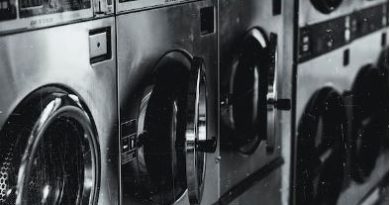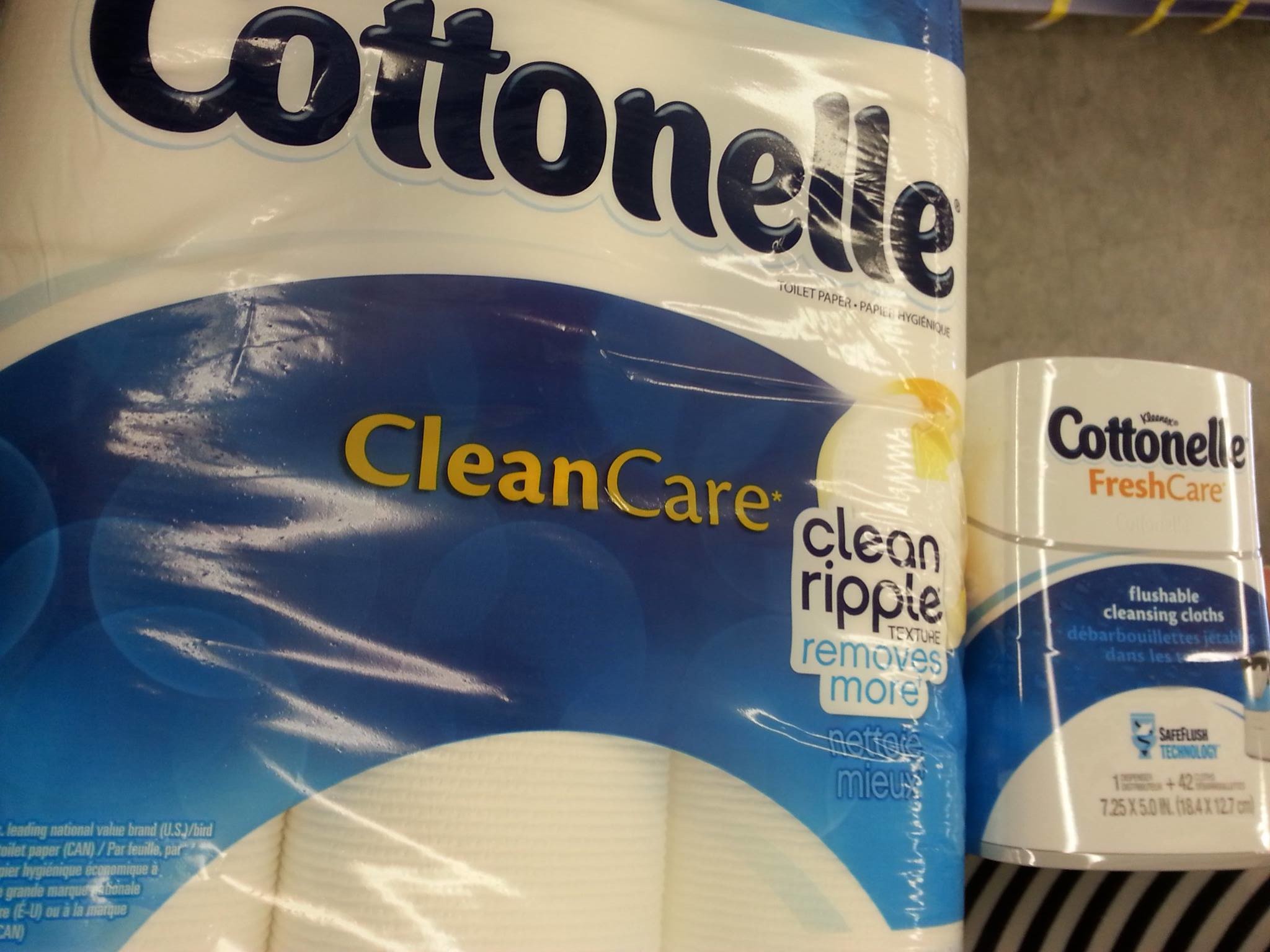Skylights: Benefits And How To Add Them To Existing Roofs
Skylights have the power to transform your home in more ways than one. Beyond the beauty they bring, these roof windows offer a plethora of benefits that go beyond aesthetics. In this article, we’ll explore the advantages of skylights and guide you through the process of adding them to your existing roof.
Contents
Benefits of Skylights
1. Increased Home Value and Curb Appeal:
Skylights are not only a practical addition to your home but also an investment in its overall value. When properly installed, skylights can enhance the aesthetic appeal of your home’s interior and exterior. The infusion of natural light into your living spaces creates an inviting atmosphere that appeals to potential buyers. Whether you plan to sell your home or simply want to enjoy a more visually appealing living space, skylights can significantly boost your property’s curb appeal and overall market value.
2. Energy Efficiency and Cost Savings:
Skylights are more than just a source of natural light; they are also valuable allies in your quest for energy efficiency. By harnessing the power of sunlight, skylights reduce the need for artificial lighting during daylight hours. This not only helps you save on electricity bills but also reduces your carbon footprint, making your home more environmentally friendly. Additionally, many modern skylights are designed with energy-efficient glazing options that help regulate indoor temperatures. In the winter, they can trap heat, while in the summer, they can block out excess heat, leading to potential savings on heating and cooling costs.
3. Health and Well-being:
The benefits of natural light on our physical and mental well-being are well-documented. Skylights allow abundant natural light to flood your living spaces, creating a warm and inviting environment. This influx of natural light can positively affect your mood and productivity. Exposure to sunlight also helps regulate your body’s circadian rhythm, contributing to better sleep patterns. Whether you’re working, relaxing, or spending quality time with family, the presence of skylights can enhance your overall quality of life.
4. Ventilation and Air Quality:
Beyond providing a source of light, some skylights offer the added advantage of ventilation. Operable skylights can be opened to allow fresh air to flow into your home, promoting excellent indoor air quality. Proper ventilation helps reduce the accumulation of pollutants, odors, and excess humidity, which can lead to a healthier living environment. Moreover, skylights aid in temperature control by allowing hot, stale air to escape, creating a more comfortable atmosphere in your home. This improved air circulation also reduces the risk of mold and mildew growth in moisture-prone areas.
5. Privacy and Space Optimization:
Skylights excel in areas where privacy and space optimization are paramount. In rooms where conventional windows might compromise privacy, such as bathrooms or walk-in closets, skylights provide an ingenious solution. They allow natural light to filter in without exposing your private space to prying eyes. Additionally, skylights can work wonders in small or dark rooms, making them feel more spacious and inviting. By maximizing vertical space, skylights transform your living areas into well-lit, open, and visually appealing spaces that are both functional and stylish.
How to Add Skylights to Existing Roofs
1. Assessing Feasibility and Planning:
Before embarking on a skylight installation project, it’s essential to assess the feasibility of your roof and plan accordingly. Start by inspecting the roof’s structure, paying particular attention to its slope, framing, and any obstructions like chimneys or vents. Skylights work best on roofs with slopes between 15 and 60 degrees. Evaluate the roof’s orientation to ensure you’ll maximize natural light in the desired room. Consult with a roofing company if you’re unsure about the feasibility of your project, as they can provide valuable insights into the best placement for your skylight.
Proper planning also involves considering your local climate and weather conditions. Skylights can be a source of heat loss in colder regions, so it’s essential to select a skylight with excellent insulation properties and plan for adequate sealing.
2. Choosing the Right Skylight Type:
The type of skylight you choose can significantly impact its functionality and appearance. Fixed skylights are the most common and provide a consistent source of natural light without ventilation. Vented skylights can be opened to allow fresh air in and are ideal for areas like kitchens and bathrooms. Tubular skylights are compact and are suitable for small spaces where a full-sized skylight may not fit. When selecting your skylight, consider factors such as the room’s purpose, your climate, and your budget. Opt for a skylight that complements your home’s architectural style while meeting your specific needs.
3. Gathering Materials and Tools:
Preparation is key to a successful skylight installation. Gather the necessary materials and tools before you begin. You’ll need the skylight kit, which typically includes the skylight itself, flashing, and installation instructions. Additionally, ensure you have roofing materials that match your existing roof, such as shingles or tiles. Safety gear is paramount, including gloves, safety glasses, and a sturdy ladder. Double-check that you have all the required tools, such as a saw, drill, roofing nails, and sealants, to complete the installation smoothly.
4. Preparing the Roof Opening:
Carefully mark and measure the location of the skylight opening on your roof. Follow the manufacturer’s guidelines and local building codes when determining the size and placement of the opening. Once you’ve marked the area, use a saw to cut through the roofing material and sheathing. Be cautious to avoid damaging the underlying structure, such as rafters or trusses. It’s a good practice to work with a partner during this step to ensure safety and precision.
If your existing roof has multiple layers, be prepared for additional challenges during the cutting process. You may need to remove or modify roofing layers to create a proper opening.
5. Installing Flashing and Waterproofing:
Proper flashing and waterproofing are the keys to preventing leaks and ensuring a durable skylight installation. Follow the manufacturer’s instructions for installing the flashing kit that comes with your skylight. This kit will typically include step flashing, curb flashing, and head flashing. Properly integrate these components with your existing roofing materials to create a watertight seal. Apply roofing cement or sealant generously to ensure that no moisture can penetrate the flashing. Proper flashing and waterproofing are essential to protect your home from potential water damage.
6. Mounting and Sealing the Skylight:
Once your skylight opening is prepared, carefully lower the skylight into place. Ensure that it is level and secure by following the manufacturer’s guidelines for your specific skylight model. Use the recommended fasteners and secure the skylight to the roof deck. After securing the skylight, apply a bead of high-quality roofing sealant around the perimeter of the skylight. This sealant creates a waterproof barrier and helps to prevent drafts. Proper sealing is crucial to the long-term performance and energy efficiency of your skylight.
7. Interior Finishing and Trim:
The interior finishing of your skylight enhances its appearance and complements your room’s decor. Install drywall or other desired interior materials around the skylight opening. Trim the edges neatly to create a polished and finished look. Consider adding blinds or shades to control the amount of incoming light and to maintain privacy when needed. The interior finishing touches can significantly impact the aesthetics of your skylight and the overall ambiance of your room.
8. Testing and Final Inspection:
After completing the installation, perform a thorough inspection to ensure that your skylight is functioning correctly. Test the skylight’s operation, whether it’s a vented skylight or a fixed one, to make sure it opens and closes smoothly. Check for any signs of leaks, both around the interior and exterior of the skylight. Address any issues promptly to prevent potential water damage or energy loss. A final inspection ensures that your skylight installation is of high quality and ready to provide years of enjoyment and benefits.
9. Enjoying the Benefits:
With your skylight successfully installed, bask in the natural light and the benefits it brings to your home. Appreciate the improved aesthetics, energy efficiency, and enhanced living space. Use blinds or shades to control the amount of light and privacy to suit your preferences. Your new skylight will be a source of joy, enhancing your home’s atmosphere and creating a brighter, happier living environment.
Adding skylights to your existing roof not only brightens your living spaces but also enhances your overall quality of life. Whether you’re seeking increased home value, energy savings, or improved well-being, skylights are a versatile addition to any home.
Jennifer Bell is an avid home renovator, owner of an old home, and a writer for roofing companies in the Philadelphia area.




